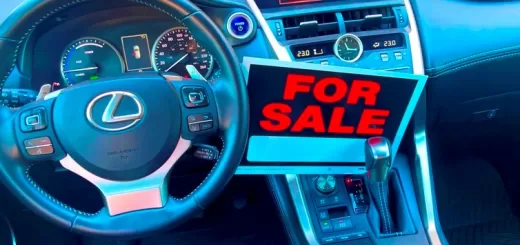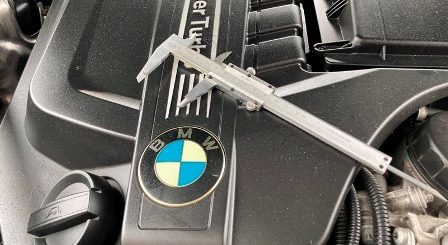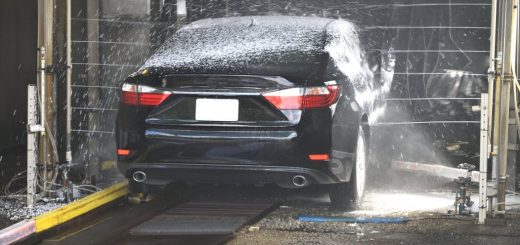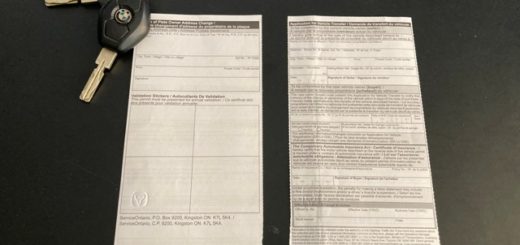AWD vs 4WD Differences
AWD vs 4WD: AWD and 4WD (4×4) are drive-trains with excellent traction in bad weather, slippery surfaces, mud and snow conditions. AWD and 4WD drive-trains have all wheels active. However, there are fundamental differences between them.
AWD drive trains are mostly always on, splitting engine power between front and rear axles all the time. 4WD drive train is engaged manually. 4WD drivetrain will usually have either front or rear wheels active all the time. Driver will have to manually engage 4WD when needed.
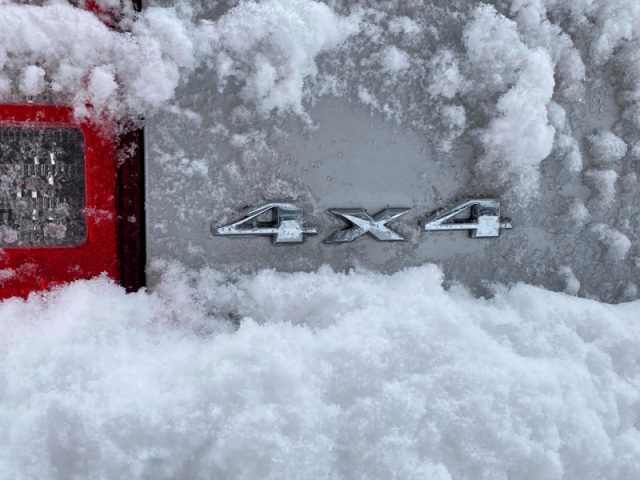
AWD vs 4WD: 4WD (or 4×4) Drive-train
4WD (or 4×4) drive-train is installed on Off-road vehicles, work pick-up trucks, heavy trucks and heavy machinery. Four Wheel Drive system sends equal power to all wheels, improving traction and towing capacity. 4WD is a part time all wheel drive system, usually a 4WD system will have either front or rear wheels active when all wheel drive is not engaged.
4WD Gear Settings
2H or 2 Wheel Drive High Range
Means 4WD system is using only two wheels active and can be operated on high speeds. 4WD drive trains are mostly rear wheel drive Rear Wheel Drive on 2H setting.
4H or Four Wheel Drive High Range
4WD system has four wheels active and can be operated at high speeds. Four wheel drive 4H High Range setting is an everyday setting for moderate snow, mud and rain conditions.
4L or Four Wheel Drive Low Range
All four wheels are active, using a low range gear setting and high torque configuration. 4L Low Range should be engaged only for adverse conditions. Steep hill declines, heavy snow and mud, uphill steep inclines, off roads or uneven road surfaces, deep sand, water crossings.
4 Low range or 4L, is a setting for operating off road with speeds up to 40km/h. Do not drive with 4 Low Range engaged in high speeds or highway speeds. Damage to transfer case and transmission can occur.
AWD vs 4WD: AWD Drivetrain.
AWD is a do everything good enough drive-train, from mud and snow capability to high highway speeds on dry conditions. All Wheel Drive system does not require any input from driver.
All Wheel Drive systems have all wheels active all the time (mostly). AWD system is more than capable of handling conditions encountered daily by vast majority of people. AWD offers reasonable Off-road and snow or mud capabilities, but it is no match for 4WD (4×4) drive-trains when it comes to Off-roading or towing.
Where AWD drivetrains shines is ease of use and operation. SUV and cars with AWD system offer excellent traction and handling for daily driving on paved surfaces and high speeds.
Computer system using ABS sensors, decides which axle to use at a certain time, where and when to send majority of engine power, how much power to send to each wheel…etc.
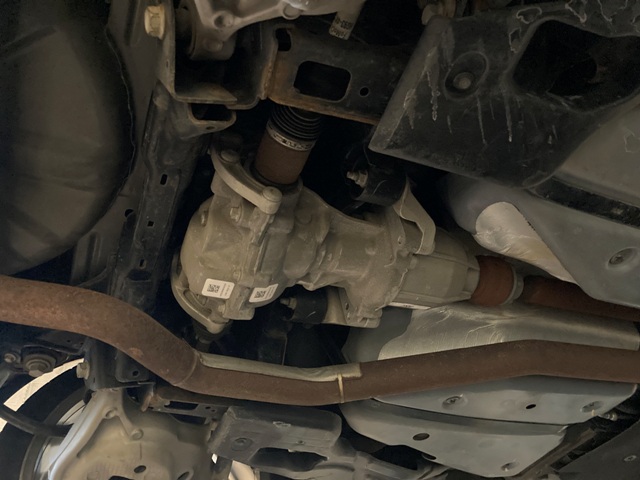
AWD vs 4WD: Haldex Drive
Smart and intelligent AWD systems (such as Haldex drive) can sense when a wheel is slipping and therefore automatically direct power to other wheels to compensate and increase traction. Haldex drive utilizes clutches on rear differential, allowing AWD drive-train to run as a FWD using front wheels. Haldex engages Rear wheels and AWD system only when needed.
Fuel efficiency of Haldex AWD system is high because vehicle is operated with FWD configuration on optimal weather conditions. Audi and Volkswagen use mostly Haldex AWD systems.
Torque Vectoring
Torque vectoring system monitors vehicle speed and wheel behavior in real time. Vectoring system makes adjustments to improve vehicle traction on bad terrain and better handling/cornering at high speeds. System monitors wheel speed and will direct more torque or power to wheels which have more traction.
On high speeds, torque vectoring will direct higher power to wheels which are on opposite side of a corner. Torque vectoring improves safety and handling cornering at high speed. There are two types of Torque Vectoring. One is based on differential use while the other relies on brake system use. The latter is a cheaper and more compact system used mostly on small cars and SUV where space is sparse.
AWD vs 4WD: Which One is Better?
There isn’t a straight answer. AWD and 4WD systems are drive-trains optimized for different applications. AWD will be better for day to day driving, at highway speeds and/or moderate mud and snow conditions. 4WD is a heavier and robust system better suited for Off-road activities. In the end, it will come down to individual needs, preferences and budget.
However advanced AWD and 4WD driver-trains are, traction on snow and other adverse conditions will ultimately be decided by tires. Winter Tires vs All Season Tires.
(If you are also looking for a fast and easy solution to sell your car, more here on “How To Sell Your Car Fast In Ontario” )
Comments: If you have any questions or suggestions related to this post or Used Car Toronto in general, don’t hesitate to use comment section below.






